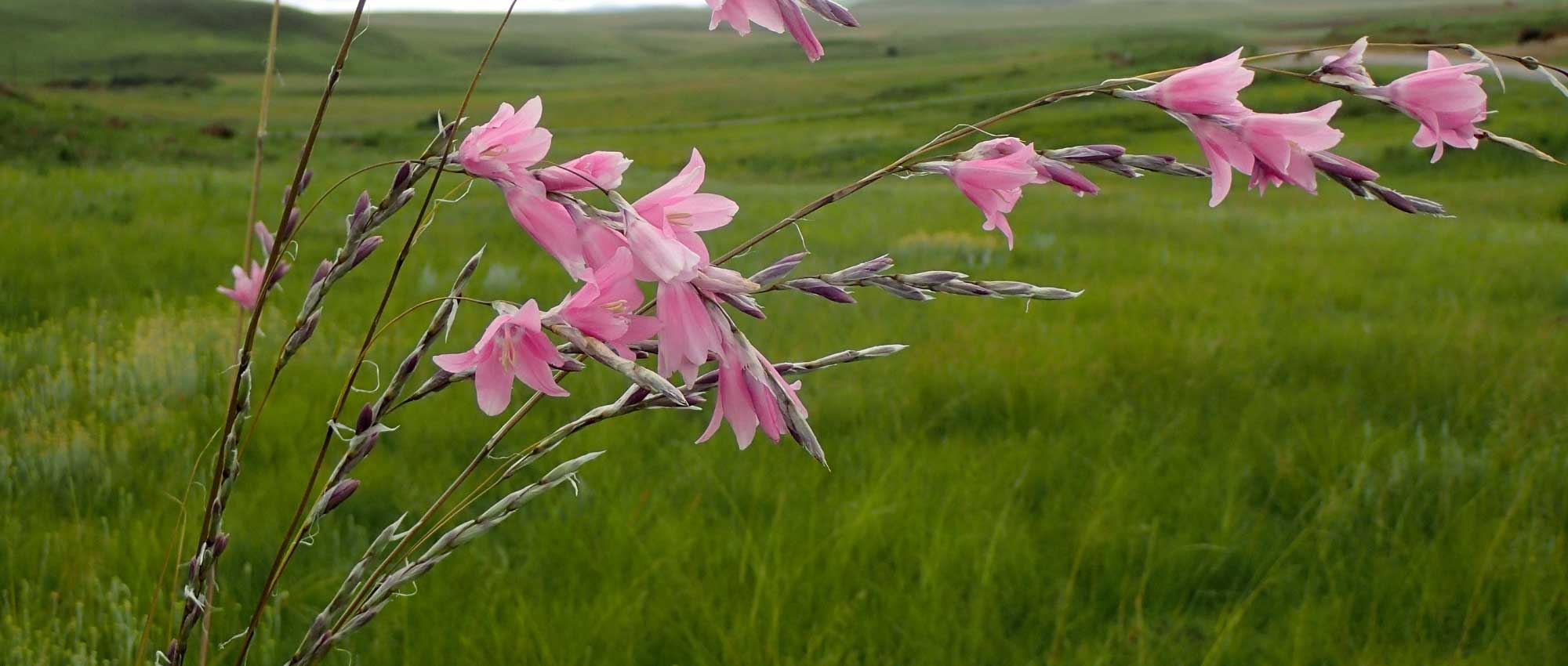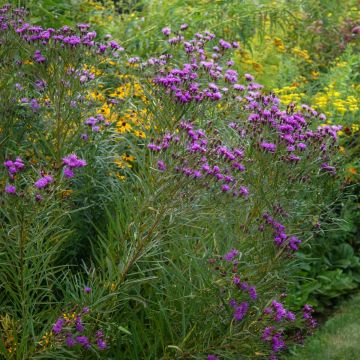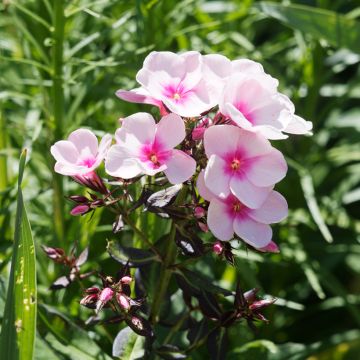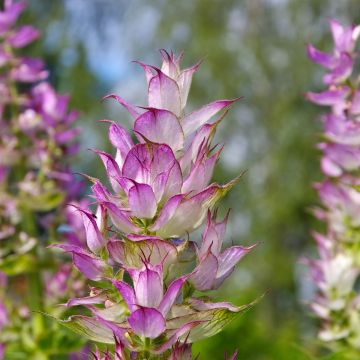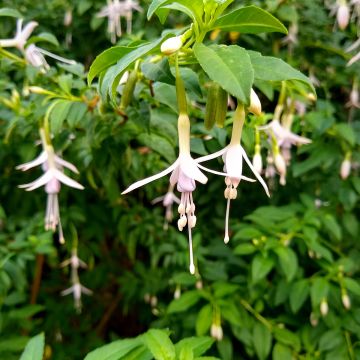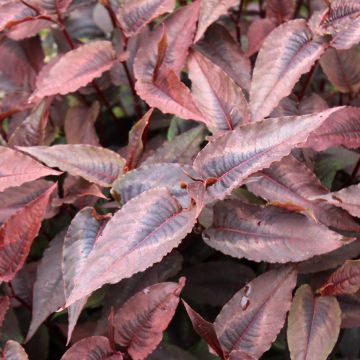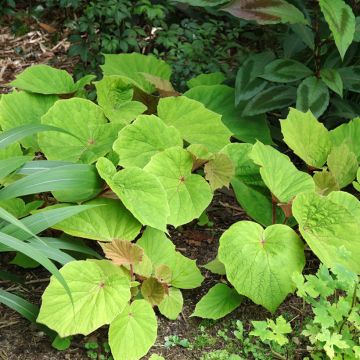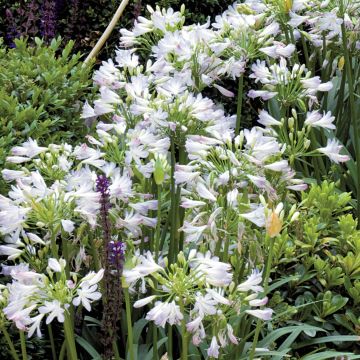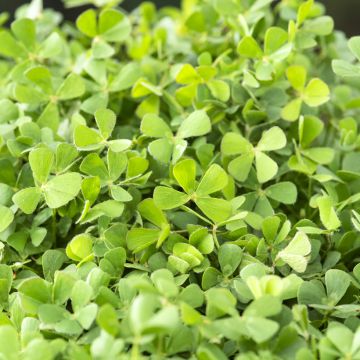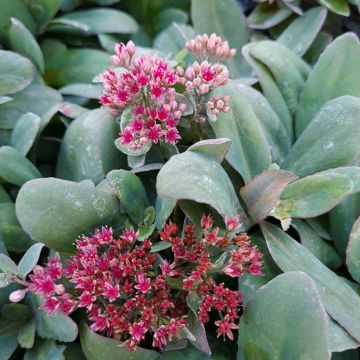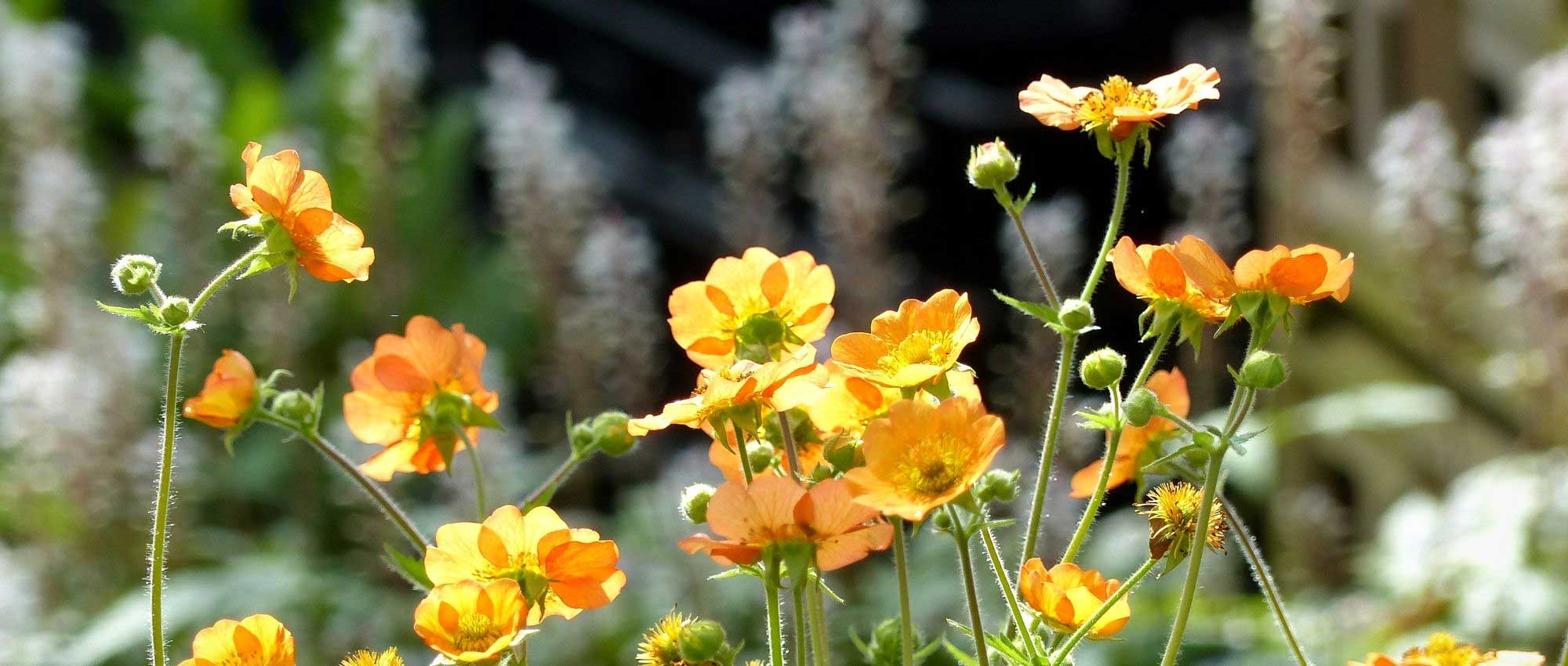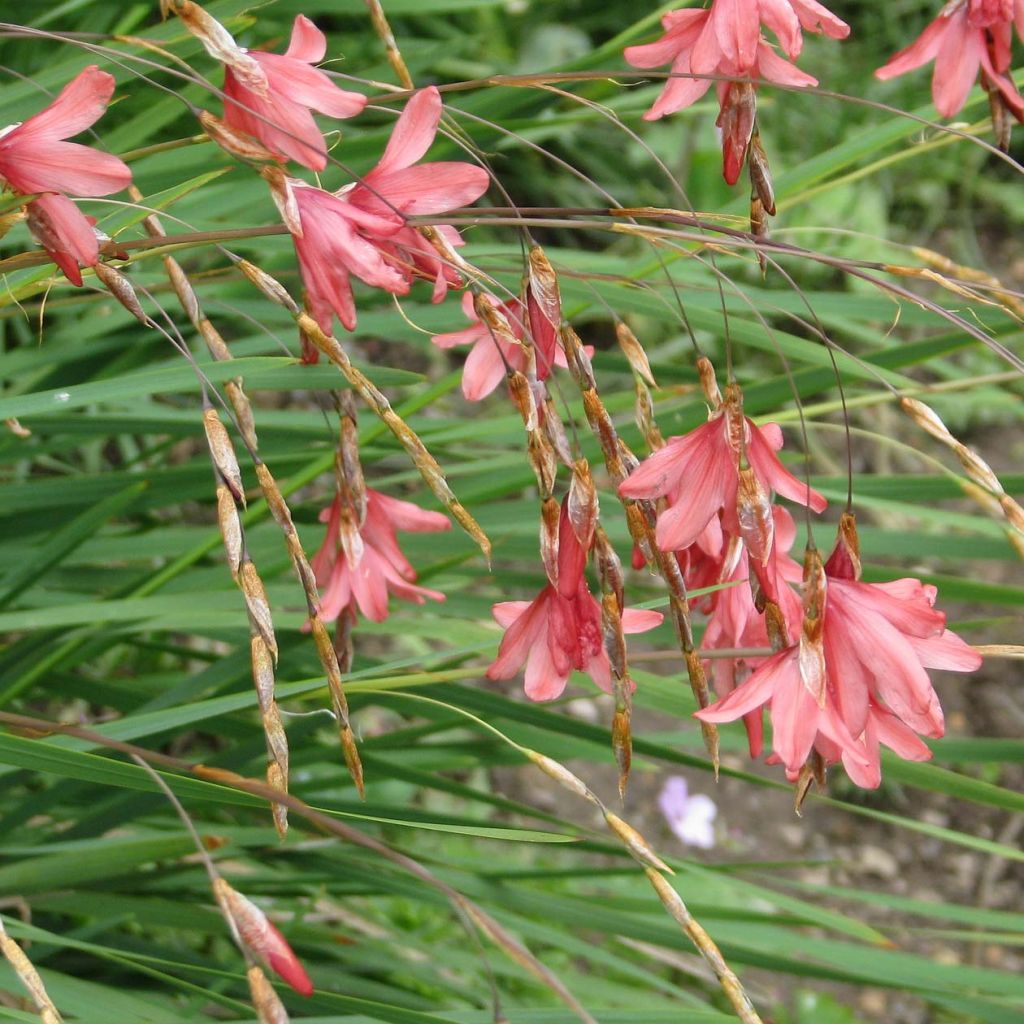

Canne à pêche des anges - Dierama igneum
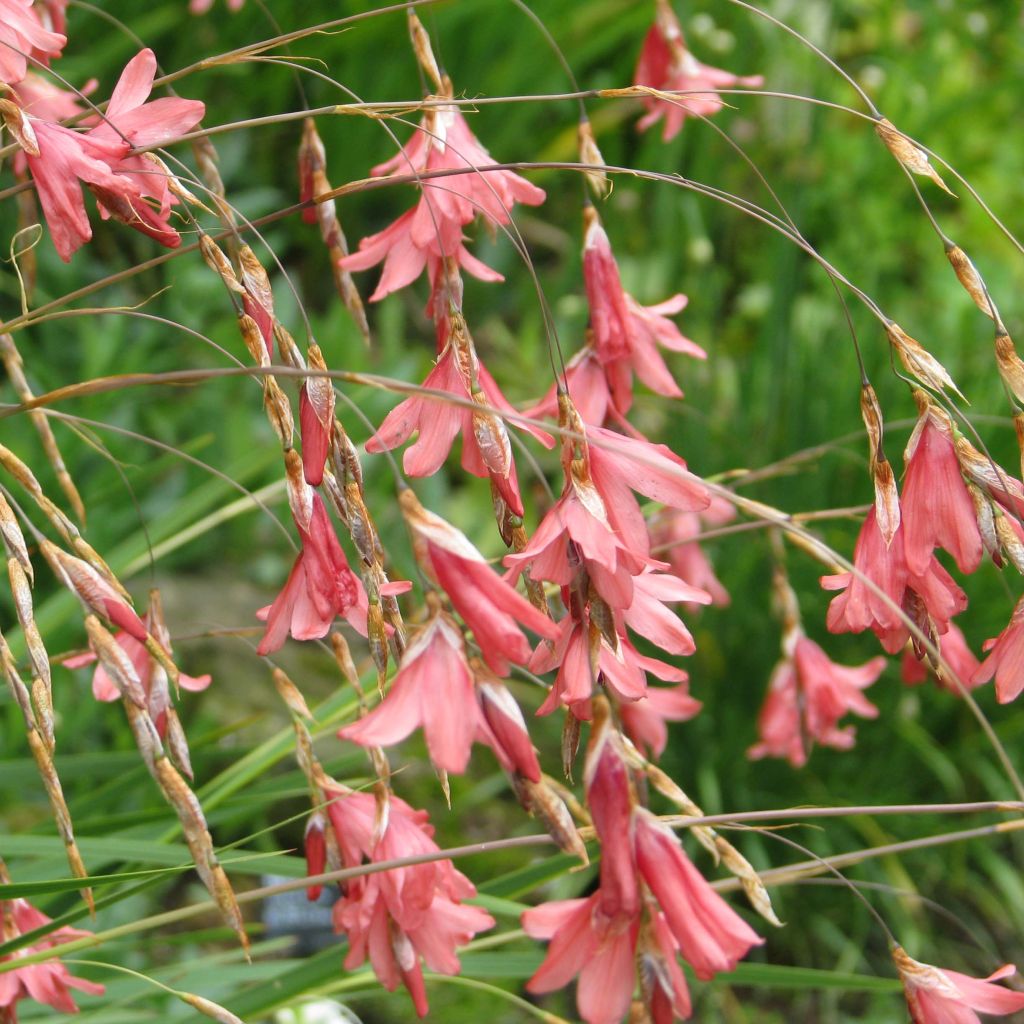

Canne à pêche des anges - Dierama igneum
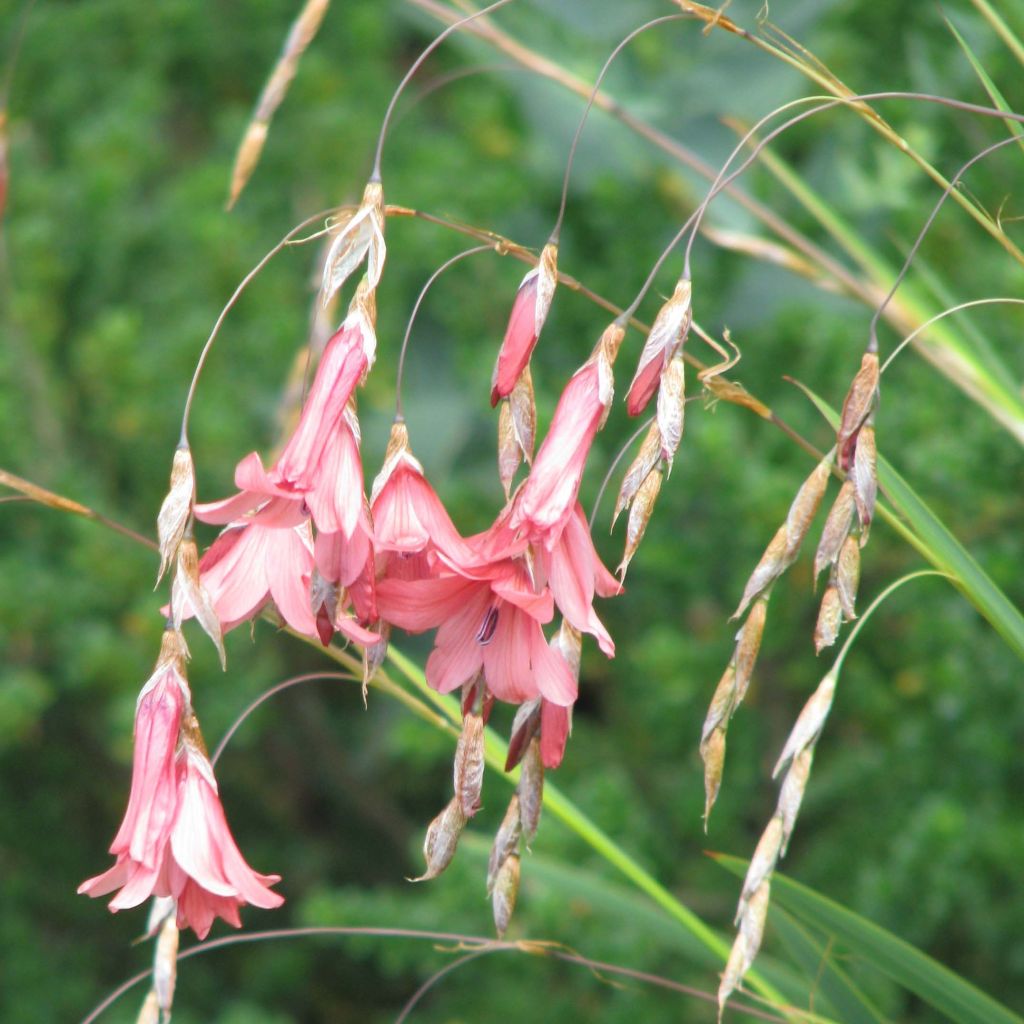

Canne à pêche des anges - Dierama igneum


Canne à pêche des anges - Dierama igneum
Dierama igneum
Dierama igneum
Fiery Wandflower, Angel's fishing rod
Special offer!
Receive a €20 voucher for any order over €90 (excluding delivery costs, credit notes, and plastic-free options)!
1- Add your favorite plants to your cart.
2- Once you have reached €90, confirm your order (you can even choose the delivery date!).
3- As soon as your order is shipped, you will receive an email containing your voucher code, valid for 3 months (90 days).
Your voucher is unique and can only be used once, for any order with a minimum value of €20, excluding delivery costs.
Can be combined with other current offers, non-divisible and non-refundable.
Home or relay delivery (depending on size and destination)
Schedule delivery date,
and select date in basket
This plant carries a 12 months recovery warranty
More information
We guarantee the quality of our plants for a full growing cycle, and will replace at our expense any plant that fails to recover under normal climatic and planting conditions.
Would this plant suit my garden?
Set up your Plantfit profile →
Description
Dierama igneum is part of a genus of perennials poetically called Angel's Fishing Rods. They are South African plants that resemble grasses and offer a delightful summer flowering with pendulous bell-shaped flowers hanging from long, flexible, and arching stems. This modest-sized dierama is a little hardier and more tolerant of poor and dry soils once well established. Its flowering is early compared to varieties derived from Dierama pulcherrimum. Its small campanulate flowers, ranging from coral pink to salmon, bloom abundantly from June, dominating a very fine, evergreen tuft of grey-green foliage. In the garden or in pots, Dieramas are appreciated for their infinitely graceful flowering.
Dierama igneum is an evergreen plant with corms. It belongs to the Iridaceae family. It is native to sunny and cool meadows in South Africa, specifically Lesotho and Swaziland, and also the Drakensberg Mountains. It resembles a grass, with an erect tuft of long grey-green leaves, reaching a height of 35cm (14in) and, after many years, a diameter of 35cm (14in) at the base. From June to August, long, slender, and sturdy stems, up to 60cm (24in) in length, emerge from the foliage. They bear branched spikes 2cm (1in) long and wide, displaying campanulate flowers with lanceolate petals. The flowers bloom one after the other. The nectar-rich flowering attracts many pollinating insects. The pollinated flowers give way to small, ovoid capsules containing numerous small, hard brown seeds, which will germinate after the winter cold. Plants grown from seeds will flower after 5 to 7 years of cultivation.
Invite this marvel into your garden where it deserves a prominent place, planted in a large pot on a patio, planted in isolation, along a path, or in a border not far from a water source. Dierama igneum is hardy down to -10°C (14°F) in dry soil during winter. It is very well adapted to coastal areas, and tolerates the wind carrying salty spray. It looks superb in the company of grasses (Miscanthus, Eragrostis, Panicum), or along a path, especially when the light shines through its backlit flowering vegetation. Near a pond, it can be planted with, for example, willowherbs, ribbons of bergenia, a purple phormium, Gomphostigma virgatum 'Silver Butterfly', or even meadow rues (Thalictrum delavayi, Thalictrum flavum ssp. glaucum).
Dierama igneum in pictures
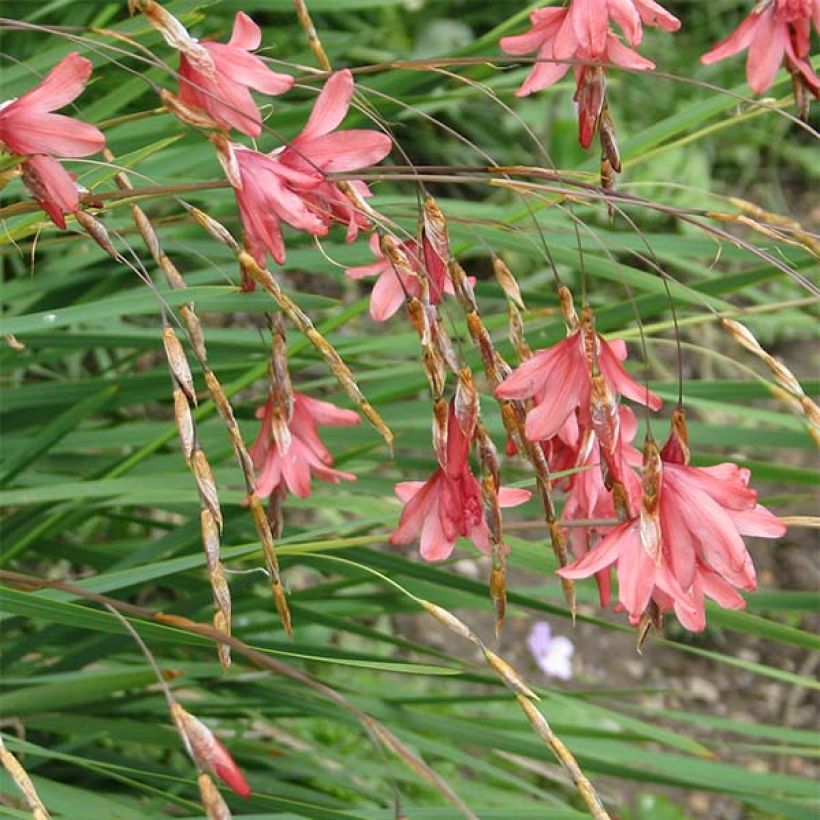

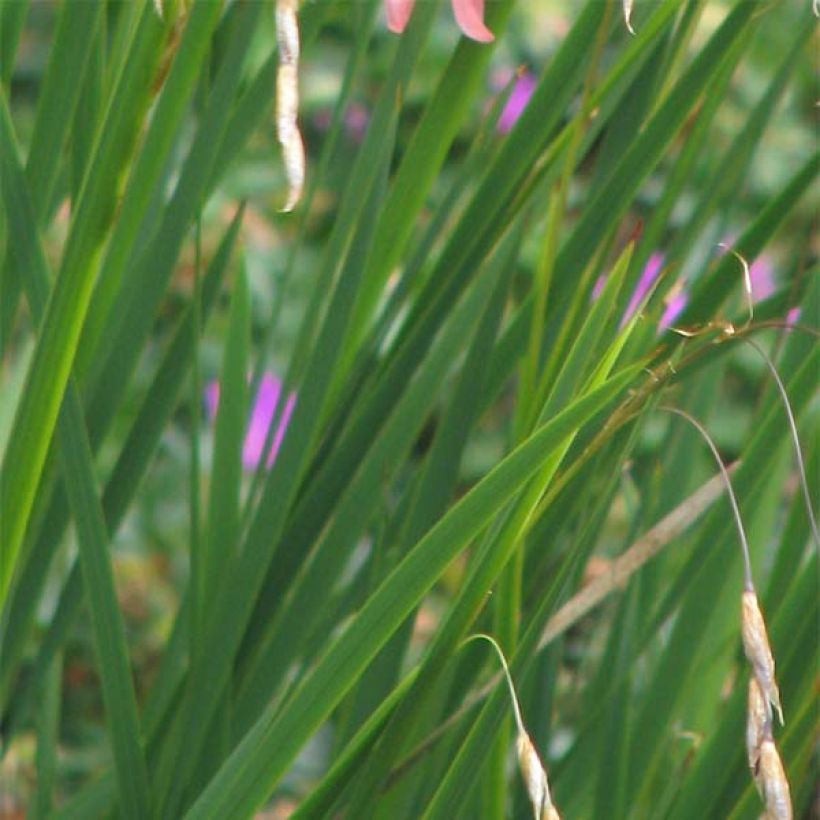

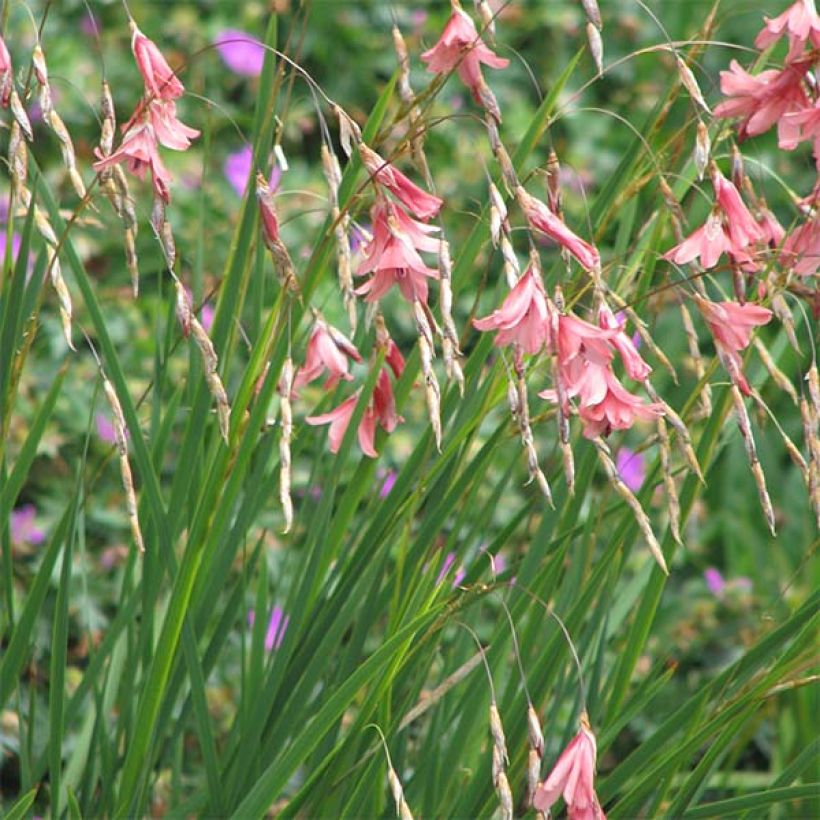

Flowering
Foliage
Plant habit
Botanical data
Dierama
igneum
Iridaceae
Fiery Wandflower, Angel's fishing rod
South Africa
Other Summer flowering perennials
View all →Planting and care
Plant in a sunny spot, in light, well-worked, humus-rich soil, enriched with coarse sand. The soil does not necessarily have to be too fertile. It prefers soils that remain moist in summer, but it will adapt to occasionally dry soil once well established. However, good drainage must be ensured to avoid corm rot in winter in waterlogged soil. Its cultivation is slightly delicate during the first few years, when it will require careful attention. Once well established, the plant is less demanding in terms of water and is better able to withstand normal winters. Hardy down to -10°C (14°F), we recommend protecting your plant in winter with a thick mulch, but you can also grow it in large pots that you can shelter in winter. In pots, monitor watering during the growing season. During the dormant period in winter, the soil should remain just moist, never waterlogged. Dierama does not appreciate pruning (except for removing faded flowers), as it slows down its growth.
It can be propagated by sowing or by dividing clumps after flowering. This plant does not appreciate being moved around too much.
Planting period
Intended location
Care
Planting & care advice
This item has not been reviewed yet - be the first to leave a review about it.
Haven't found what you were looking for?
Hardiness is the lowest winter temperature a plant can endure without suffering serious damage or even dying. However, hardiness is affected by location (a sheltered area, such as a patio), protection (winter cover) and soil type (hardiness is improved by well-drained soil).

Photo Sharing Terms & Conditions
In order to encourage gardeners to interact and share their experiences, Promesse de fleurs offers various media enabling content to be uploaded onto its Site - in particular via the ‘Photo sharing’ module.
The User agrees to refrain from:
- Posting any content that is illegal, prejudicial, insulting, racist, inciteful to hatred, revisionist, contrary to public decency, that infringes on privacy or on the privacy rights of third parties, in particular the publicity rights of persons and goods, intellectual property rights, or the right to privacy.
- Submitting content on behalf of a third party;
- Impersonate the identity of a third party and/or publish any personal information about a third party;
In general, the User undertakes to refrain from any unethical behaviour.
All Content (in particular text, comments, files, images, photos, videos, creative works, etc.), which may be subject to property or intellectual property rights, image or other private rights, shall remain the property of the User, subject to the limited rights granted by the terms of the licence granted by Promesse de fleurs as stated below. Users are at liberty to publish or not to publish such Content on the Site, notably via the ‘Photo Sharing’ facility, and accept that this Content shall be made public and freely accessible, notably on the Internet.
Users further acknowledge, undertake to have ,and guarantee that they hold all necessary rights and permissions to publish such material on the Site, in particular with regard to the legislation in force pertaining to any privacy, property, intellectual property, image, or contractual rights, or rights of any other nature. By publishing such Content on the Site, Users acknowledge accepting full liability as publishers of the Content within the meaning of the law, and grant Promesse de fleurs, free of charge, an inclusive, worldwide licence for the said Content for the entire duration of its publication, including all reproduction, representation, up/downloading, displaying, performing, transmission, and storage rights.
Users also grant permission for their name to be linked to the Content and accept that this link may not always be made available.
By engaging in posting material, Users consent to their Content becoming automatically accessible on the Internet, in particular on other sites and/or blogs and/or web pages of the Promesse de fleurs site, including in particular social pages and the Promesse de fleurs catalogue.
Users may secure the removal of entrusted content free of charge by issuing a simple request via our contact form.
The flowering period indicated on our website applies to countries and regions located in USDA zone 8 (France, the United Kingdom, Ireland, the Netherlands, etc.)
It will vary according to where you live:
- In zones 9 to 10 (Italy, Spain, Greece, etc.), flowering will occur about 2 to 4 weeks earlier.
- In zones 6 to 7 (Germany, Poland, Slovenia, and lower mountainous regions), flowering will be delayed by 2 to 3 weeks.
- In zone 5 (Central Europe, Scandinavia), blooming will be delayed by 3 to 5 weeks.
In temperate climates, pruning of spring-flowering shrubs (forsythia, spireas, etc.) should be done just after flowering.
Pruning of summer-flowering shrubs (Indian Lilac, Perovskia, etc.) can be done in winter or spring.
In cold regions as well as with frost-sensitive plants, avoid pruning too early when severe frosts may still occur.
The planting period indicated on our website applies to countries and regions located in USDA zone 8 (France, United Kingdom, Ireland, Netherlands).
It will vary according to where you live:
- In Mediterranean zones (Marseille, Madrid, Milan, etc.), autumn and winter are the best planting periods.
- In continental zones (Strasbourg, Munich, Vienna, etc.), delay planting by 2 to 3 weeks in spring and bring it forward by 2 to 4 weeks in autumn.
- In mountainous regions (the Alps, Pyrenees, Carpathians, etc.), it is best to plant in late spring (May-June) or late summer (August-September).
The harvesting period indicated on our website applies to countries and regions in USDA zone 8 (France, England, Ireland, the Netherlands).
In colder areas (Scandinavia, Poland, Austria...) fruit and vegetable harvests are likely to be delayed by 3-4 weeks.
In warmer areas (Italy, Spain, Greece, etc.), harvesting will probably take place earlier, depending on weather conditions.
The sowing periods indicated on our website apply to countries and regions within USDA Zone 8 (France, UK, Ireland, Netherlands).
In colder areas (Scandinavia, Poland, Austria...), delay any outdoor sowing by 3-4 weeks, or sow under glass.
In warmer climes (Italy, Spain, Greece, etc.), bring outdoor sowing forward by a few weeks.






























